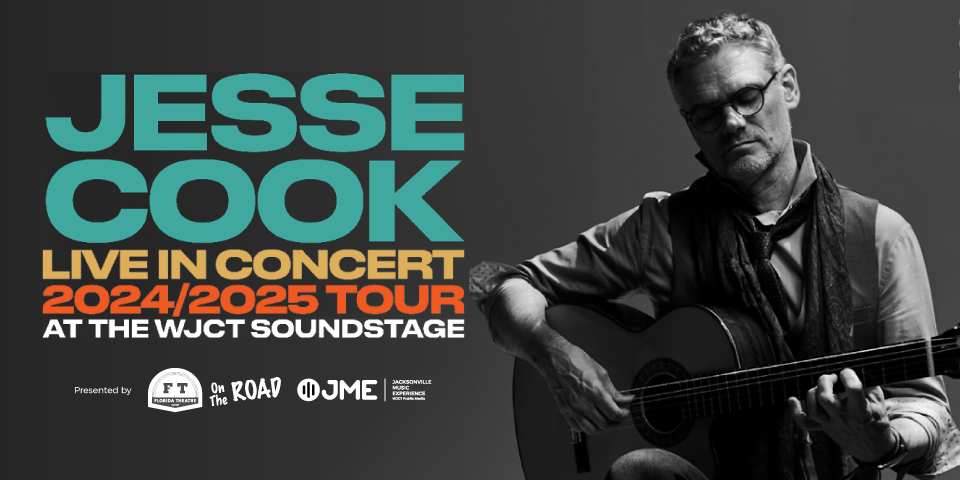
The opening song and title track of Nickel Creek‘s fifth studio album, Celebrants, poses a striking image: “Heaven’s always been in this cathedral that we rebuild nightly together.” The line conjures the fantastical and the spiritual, but, at its heart, the song celebrates something simple, even ordinary: choosing to come together in community.
It’s an idea made quietly radical not just by its origin — the beloved acoustic band wrote the bulk of Celebrants during the isolation of COVID-19 lockdown — but also for the context into which it’s being released: a time largely defined by bitter, deeply entrenched division.
Celebrants is Nickel Creek’s first release since its 2014 album A Dotted Line, which itself came after another lengthy hiatus during which the trio — comprising Chris Thile, Sara Watkins and Sean Watkins — developed solo careers and other projects, all after spending their youth literally rewriting roots music.At first listen, Celebrants may seem like the trio’s least accessible record, favoring musical world-building over playlist-ready singles.The gorgeous harmonies and intricate musicianship of those earlier LPs are there — in fact, the trio sounds and plays better than ever — but the album’s structure doesn’t lend itself to skipping around. Instead, Celebrants is the kind of album that truly rewards repeated, front-to-back listens. And that was by design — rather than focusing on individual songs, the band wrote the LP as one might write a novel, ensuring that each track helped to contextualize those before and after it.
At its heart, Celebrants is a record about human connection. There’s the connection found in that cathedral — the collective joy of a concert, perhaps, or the awkward but necessary small talk of a party as recreated on the dizzying second song “Strangers.” But there’s also the seemingly smaller ones, the relationships and friendships that ground us, that reconnect us to past versions of ourselves and, to borrow a line from standout track “Holding Pattern,” “hold” us “as the world burns down.”
Accordingly, Celebrants also teases the political out of the personal. “Holding Pattern” brings to life the crackling fear and disorienting paranoia of early lockdown, with Thile singing, his voice uncharacteristically downcast, “One man’s freedom’s another’s fever that keeps rising.” The pair of “Goddamned Saint” and “Goddamned Saint, Reprise” first celebrates how music can tear down ideological walls — “A trickle of light shone in from where I hadn’t been” — but also charts how such walls are built: “I find my choir has ceased to think and my thoughts have ceased to sing / ‘Cause I won’t even have a drink with anyone who disagrees.”
In a press release announcing the album, Sean Watkins shared that the band wanted Celebrants to be its most ambitious release yet. And it is. Across 18 interconnected tracks, Nickel Creek offers another world for listeners, not necessarily one to escape into — these songs are nuanced and honest, not fantasy — but one suited for introspection. The triptych of “Water Under the Bridge, Part 1,” “The Meadow” and “Thinnest Wall” illustrates scenarios that will be familiar to anyone in a long-term partnership. “Where the Long Line Leads,” which boasts one of Sara Watkins’ finest vocals to date, and “Hollywood Ending” challenge our need for attention within an economy that literally profits off it. And closer “Failure Isn’t Forever” ends the LP on a hopeful note, though not one without an important caveat: “Failures aren’t forever unless they quit wondering how to get better.”
From their respective homes, the three members of Nickel Creek joined a video chat to talk about getting back together to make Celebrants, honoring each other’s perspectives and staying open to change.
This interview has been edited for length and clarity.
Brittney McKenna: This is the longest hiatus between albums you’ve taken thus far. What is it like to come back together? To use a cliché, is it like riding a bike?
Sara Watkins: Interpersonally and musically, it’s always felt like a really natural thing to step back into. And over the years, we’ve all kept in touch and seen each other at festivals and gigs, and always thought and expected to come together and make more music. But a lot of it has to do with being able to have the time to do it. And whenever we do have that time, things fall into place quite quickly.
Sean Watkins: As soon as we get together, it feels like the next morning after the last night we hung out, even if that was actually a couple years.
Chris Thile: It still sounds crazy to me that it’s the longest period between records for us. It doesn’t feel like that, at all. I wonder if people who haven’t been in the same band since they were 8 years old can relate to the way that, sometimes, you forget to prioritize hanging out with your very best friends, because you know that that relationship isn’t going anywhere. Then when we finally did get it on the books, which took a global pandemic, all of the sudden we started realizing how much we had to say together.
Sean Watkins: We should also note that, initially, you guys at NPR have no small role in this.
Chris Thile: That’s true.
Sean Watkins: That piece that celebrated the 20th anniversary of our first self-titled album. It had us feeling nostalgic.
Sara Watkins: None of us had realized the anniversary was coming up.
Sean Watkins: Shortly after, I can’t remember who brought it up, but there was a general sense of like, “Should we do something?” And that started our conversation about making this album.

What were some of those early conversations and ideating sessions like? Sean, I read that you wanted Celebrants to be the trio’s most ambitious record yet. What did “ambitious” mean to you, in the context of this record?
Chris Thile: We booked a bunch of time with each other and our families; all three of us brought our significant others and children to this big, old house in Santa Barbara and we started writing. The kids were tooling around; the dogs were tooling around together, we’d all have big family dinners together. And then Sara, Sean and I would spend the day working on various ideas and then spend the nights, after the families would go to bed, dreaming about what the thing could be. The longer that process went on, the bigger the idea became. We were able to fantasize about taking a real big swing at something that would feel like you could kind of poke around in it, like one of these great video games where you feel like you’re inside of a little world.
That’s an interesting idea, treating the album as a world the listener can enter. Some of my favorite albums feel that way, and I noticed it while listening to Celebrants: Songs call back to one another lyrically or reintroduce musical flourishes, in such a way that you’re reflecting while you’re listening.
Chris Thile: The way that people listen to music now is so fragmented. We get things in fits and starts. It’s so easy to finish a song and put it out and have people start playlisting it; half the time they’re on shuffle and they don’t even mean to be. If you’re going to make a record, I feel that now more than ever there needs to be a concrete reason, like the content needs to dictate the form. An LP is just not how people are consuming music now, so if you’re making a conscious decision to create within that form, there must be a reason.
It seems you took great care in sequencing Celebrants. Like the way “The Meadow” leads into “Thinnest Wall” — all the married folks out there will especially get that one. Those moments of building and guiding are all over the record. How did you pull that off?
Sara Watkins: As we were scheming the broader structure, we talked about how great it would be to have the sequence determined before going in to record and to be able to form the record with all of that in mind. We wanted the songs to relate to each other. And we wanted to be able to do those reprisals you hear, and also have themes connect. We didn’t write the songs in sequence, but as songs were coming out we were aware of how they related to each other. That was a really fun part of the process that was new to us in this band. And to write for it was really, I think, like exploring this world. By exploring our own lives with each other, and what we’re all processing, [and] creating something inside of it.
Chris Thile: In a way, the sequencing was the writing of it. The shape of the album was directly impacting how the songs were composed and how the lyrics were written. It wasn’t that you would finish a song and then decide where it fit. You would start a song and see what narrative service it could be and what it could help contextualize best.
Sean Watkins: From the very first writing session up through as far as we could go in the writing process, we were really working to fine-tune as much as we could with what time we had. The other thing that helped with sequencing was being able to record with Eric Valentine, our producer. He likes to do a sort of “practice swing” at an album. It’s a tough thing to do, because it requires some extra time. But you get a lot of information. For an album like this — we’d never done an album in this way before, you know, sort of piecing together and dreaming up how the songs would fit — you have to hear how it happens in a real way. So, we were able to do that, by recording the whole album in a rough state.
When it came time to record the album, how did your time spent working on other projects lend itself to what you were able to accomplish creatively as a unit?
Sara Watkins: I feel like I became a much better musician when I started playing with other bands. For the longest time, personally, when we were doing Nickel Creek so intensely up through [Why Should the Fire Die?], I hadn’t really played with anyone else, aside from jamming with people. Nickel Creek was taking up so much time, which is part of why we had to put it on the shelf. It was just everything. There was no way to do the band effectively and to have a career without doing it all the time. And that worked really well for a while. The metaphor that we used for a long time was that we had basically farmed every nutrient we could out of the potential of this band’s soil and we needed to let it rest.
Chris Thile: We each come packaged with our unique perspective. We bring that to the various projects that we engage in. And, you know, for the longest time, we had our [individual] perspectives and we had the perspective of the three of us, but now that we’ve gone off and done all these different things, now the nuance of everyone’s individual perspective, and then the coming together of the various shades of color that we’re able to achieve now as a trio, it wouldn’t have been possible without all of our gallivanting in various directions.
To your point, do you have a sense of what each of your perspectives brings to the band? Do you feel that you each have a kind of role, in any sense?
Sean Watkins: We don’t really think about it. Our perspectives are built in. We realize it’s a rare thing. We know it’s there and the joy that happens and that we all feel when we come together, that’s the fuel.
Chris Thile: [It’s like in ] Lord of the Rings or something — people take turns on watch; there are all of these roles and you cycle in and out. I particularly think about whoever’s lookout. You really have to keep that cycling for everyone to stay energized. One of the three of us might run point for a little bit and then the other one does. It’s like if there’s a sculpture in the middle of a room, you know, and you’ve got three people standing around it, you need all of their descriptions to understand it as a whole.
At the top of our conversation, you all noted how the pandemic afforded you the time to make this record. I could hear inklings of the pandemic lyrically on the album, too, in songs like “Holding Pattern” and “To the Airport,” woven into this broader meditation on human connection. Does the idea of the pandemic creeping into the LP resonate at all?
Chris Thile: One of those [songs]? Absolutely. The other one? Absolutely not. But I think that’s a really great example of the power of music to constantly recontextualize itself based on the moment that we experienced it, as music lovers. So, yeah, “Holding Pattern” was musing over questions that arose during the early stages of lockdown. Whereas “To the Airport” is just a song about walking through airports.
Sean Watkins: With “Holding Pattern,” that’s a good one that represents what Chris was talking about, with the sculpture being on different sides. I had the guitar part and some lyrics, and the chorus was “Holding Pattern.” I played it for Sara and Chris and they saw it from a totally different perspective, which was what it ended up being: how we’re all feeling when COVID was really firing all cylinders, locked down. It was totally different than the vague idea I had going into it, and it was so great.
Chris Thile: So much of the time, the person who starts the thing has the least perspective on it. That’s why I love being in a band. And then also with you, as the music listener, now getting to hear your thoughts as you’re interviewing us about it, you have more perspective on this than we do know at this point, because you’re hearing what’s there. We know what we meant, but you’re hearing what’s actually there.
It sounds like there’s so much letting go involved. You let go of an individual idea to the group, let go of revising when it’s time to record, then fully let go once the music is released. It’s not yours anymore.
Sara Watkins: The letting go process was ongoing on this album, I think, because of the sequencing that we wanted to hold true to. We tried to be open to adjusting anything until we recorded it. We were open to reconsidering lyrics. There were many parts that we just kept approaching, because one of us was not really satisfied with it. A song was never considered, like, “OK, we’re done with that. We’re not going to touch that,” until we actually recorded it.
That openness you’re talking about — has that always been part of the spirit of the band? Is it something that has grown stronger with time and age?
Sara Watkins: I don’t think we had that for a long time.
Sean Watkins: We’ve never really had the time to be able to do that. But also, yeah, I think personally, as you grow up, you learn to hold loosely to your ideas. As you get older, you can kind of keep your ego more in check and not identify so much with your ideas.
A pair of songs I kept thinking about were “Goddamned Saint” and “Goddamned Saint, Reprise.” The first track tells this story of one’s world being made larger by music, but then veers into darker territory that mirrors today’s political climate. Its reprisal seems to retain that darkness, but then takes a turn for the light when the narrator passes the torch to a younger generation.
Chris Thile: That one started with just that little soaring melody. The first time we worked on it, the place we were in had super high ceilings. I started singing that melody and Sarah doubled it, kind of just reflexively, at the octave. And you only hear that at the very, very end of the song. But we knew that we needed to get there. We tried starting with and it’s like, “There’s nowhere to go.” It’s such a big moment that we knew we were not going to start there. We’re going to end there. We needed to figure out how to get there. We needed to figure out how to earn that moment. And the topic has to be range-y, to get to this moment where people can feel we’ve earned that catharsis. That moment, that’s when we say, “I’ve forgotten that the well I’ve drawn from springs from disagreements with people who believe that we can only change someone as much as we’re willing to be changed.” It’s one of the most bald-faced lyrics I’ve ever been a part of. It’s smack in the middle of the record and summarizes what’s been going so far, and puts a big, giant question mark: “Can we reopen our perspectives? Can we get back, somehow, to that naïve place when we would enter into a conversation with someone we disagree with in good faith?” Because that’s how we got to these convictions that we have now and hold so dear and treat as being so sacred. Can we still do that?
That’s the million-dollar question. Or perhaps billion-dollar, these days. “Where the Long Line Leads” and “Hollywood Ending” also felt like thematic siblings to me, the way they each address the pitfalls of chasing fame and living with social media, the latter of which wasn’t really a thing when you all first started out. How do the observations those songs pose relate to your own experiences in the public eye?
Sara Watkins: I imagine that everybody encounters it to some to some degree, right? This is just the world we live in. It’s just, “Go, go, go, more, more, more,” and it’s never enough. With “Hollywood Ending,” there’s a lot of connection to this part of the country. We wrote a lot of this record in Southern California; we’re all from Southern California. That imagery comes out in a lot of ways on the record, and definitely on “Long Line.” And I think exactly when you hit the nail on the head, where it’s largely coming from a place of, “What do you want from me, so that I can be enough for you? So that I can be enough for me?”
Chris Thile: That’s also an important component to the record to set up the idea that we’re really extolling the virtues of staying open to change. It’s one of the central tenets of the record, embracing that kind of friction that leads to personal and then potentially global change. And you want to make sure you’re looking at it from all sides. “Long Line” is obviously a cautionary tale about changing yourself to attract greater attention or whatever it might be. That’s something we’re all quite wary of at this point. It was important to have a song that throws a little bit of a wrench into the grand themes of the record.
Sean Watkins: All the songs were vulnerable the whole time. That can be an unsettling feeling. But on the flip side, it can be really exciting.
9(MDEwNzczMDA2MDEzNTg3ODA1MTAzZjYxNg004))
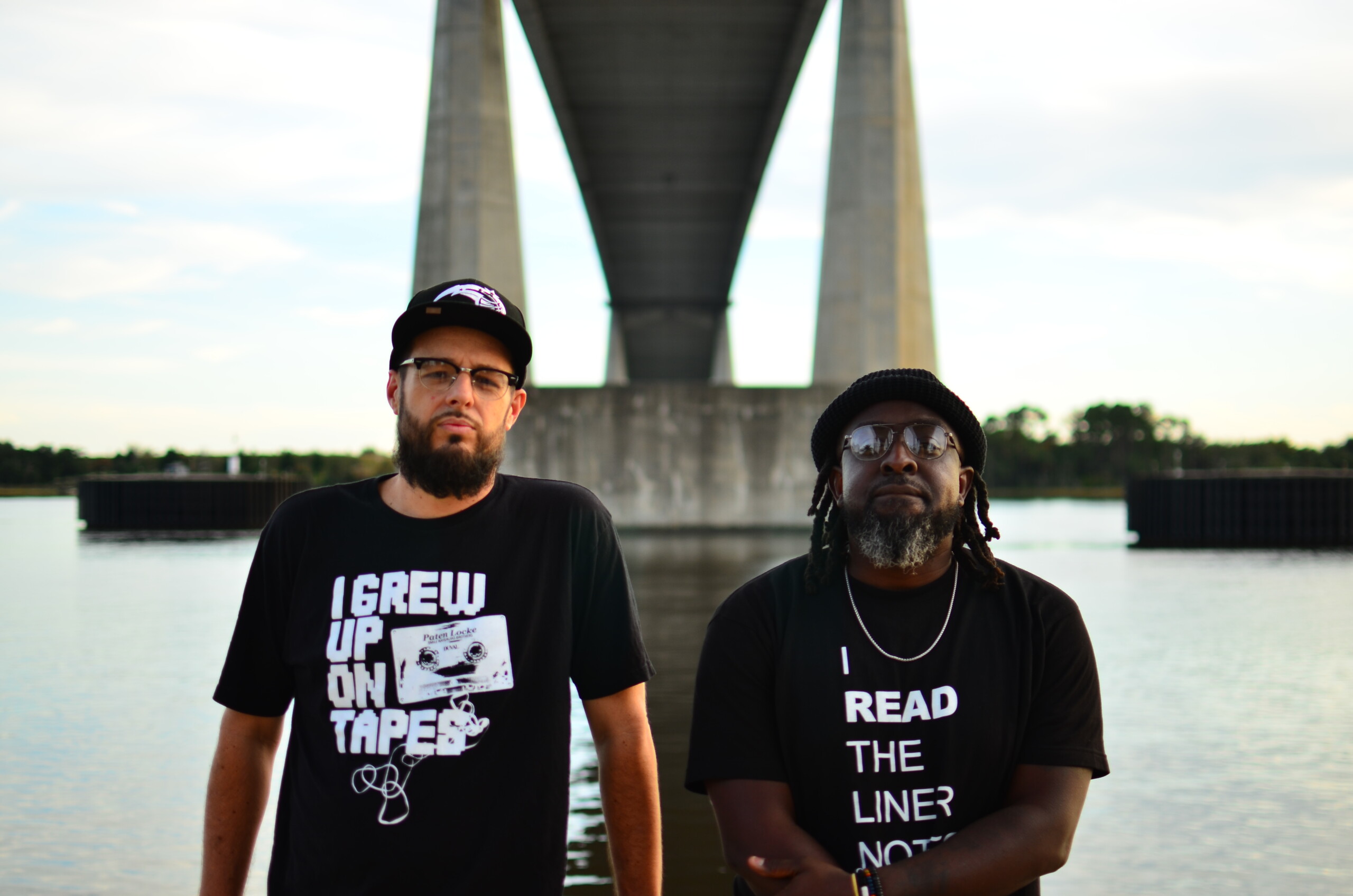
Mr. Al Pete and Notsucal Release Their Latest Collab, ‘G4.5’

Dinner Party, Tom Misch and More from the Neighborhood with Mr. Al Pete

An Ultra-Chill Playlist from the Latest Episode of Electro Lounge
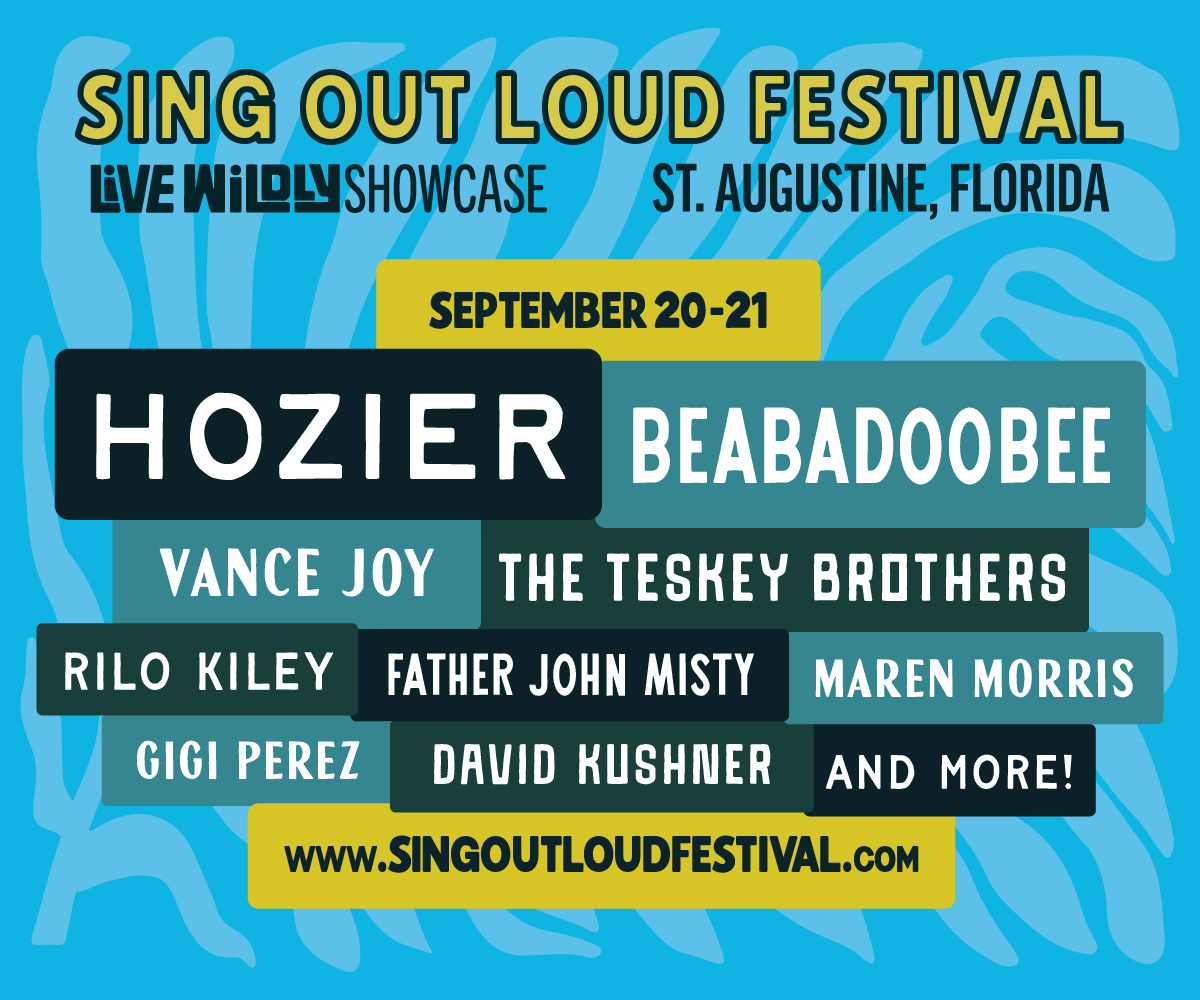
Sing Out Loud Festival Returns With Hozier, Beabadoobee, Father John Misty, Vance Joy and More
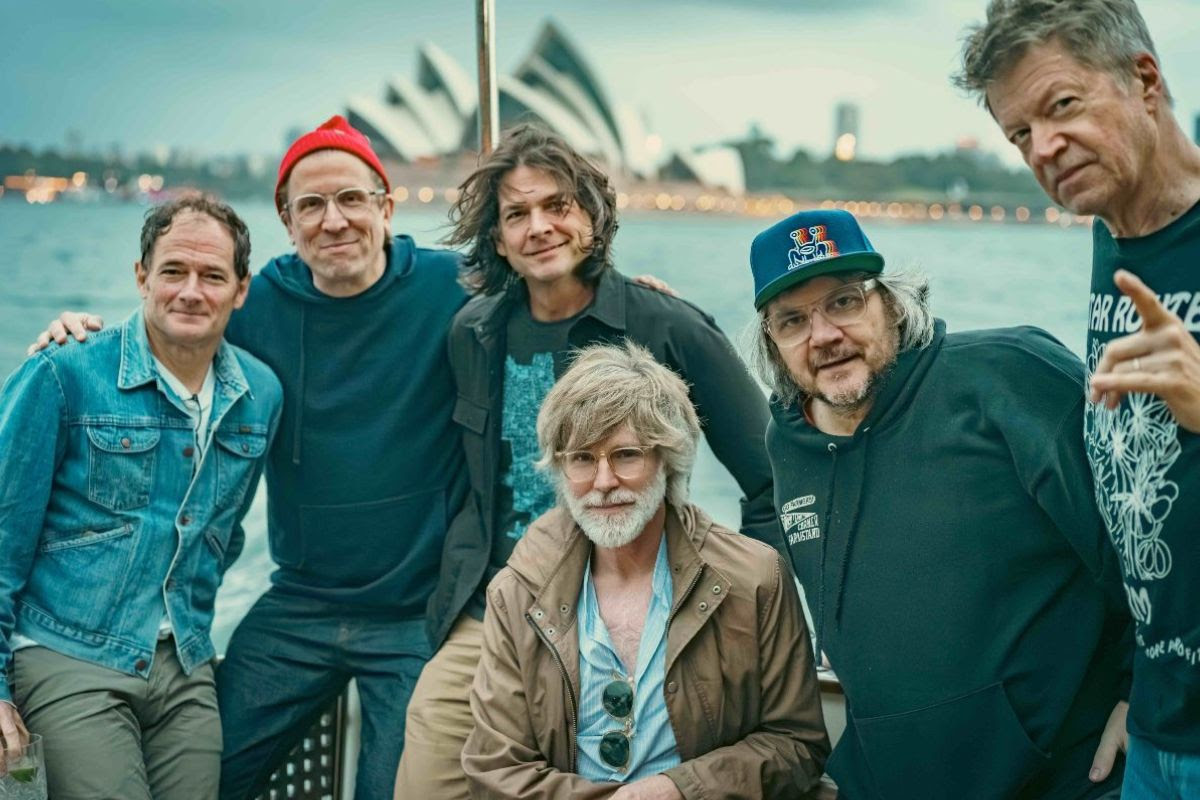
Chicago Alt-Country Faves Wilco Return to St. Augustine with Indie-Folk Great Waxahatchee

Looking for an Alternative to Spotify? Consider Hopping on the band(camp) Wagon
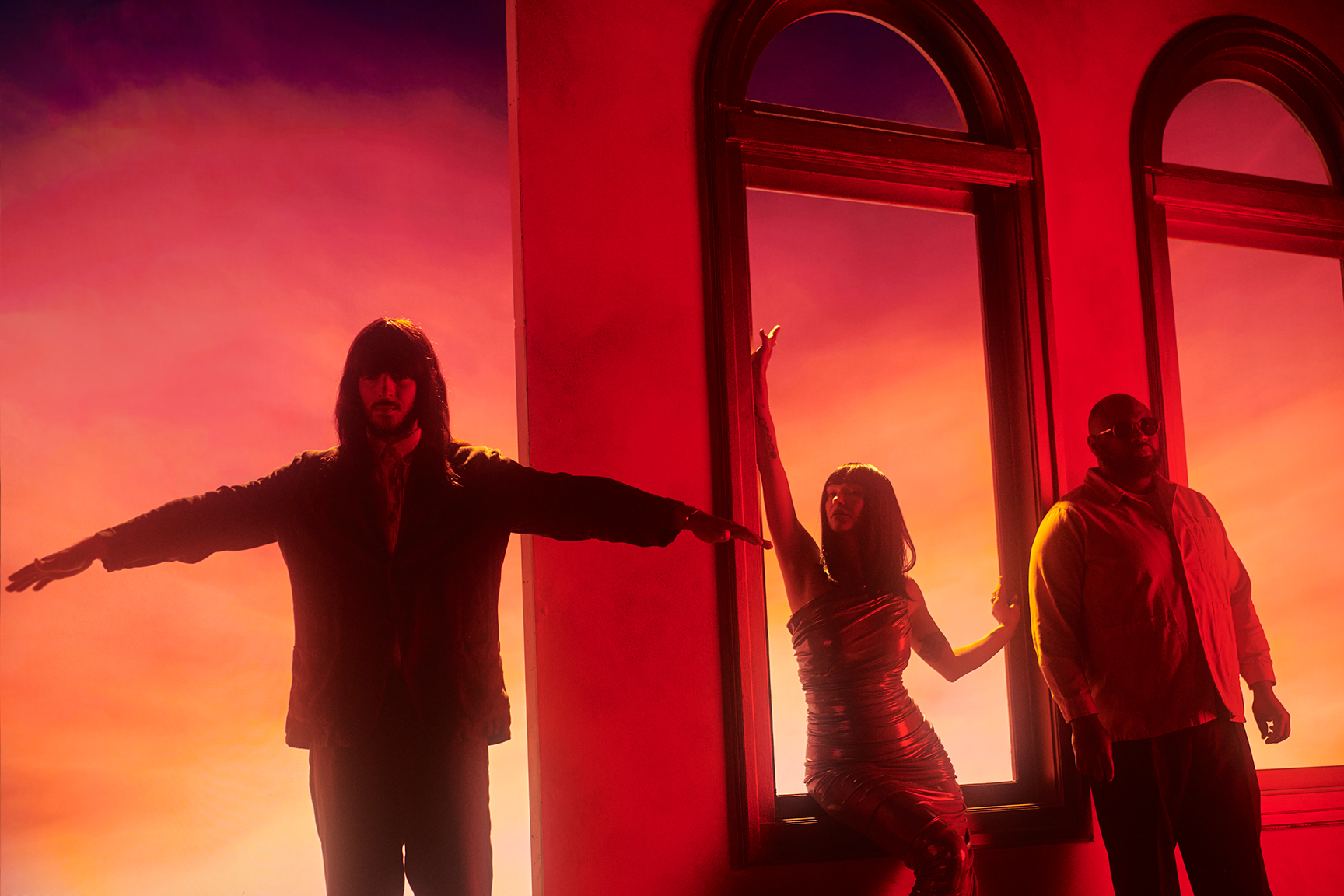
Khruangbin to Bring ‘A LA SALA’ Tour to St. Augustine in April

Perfume Genius, Flipturn, Tamino + Mitski and 6 New Songs to Stream
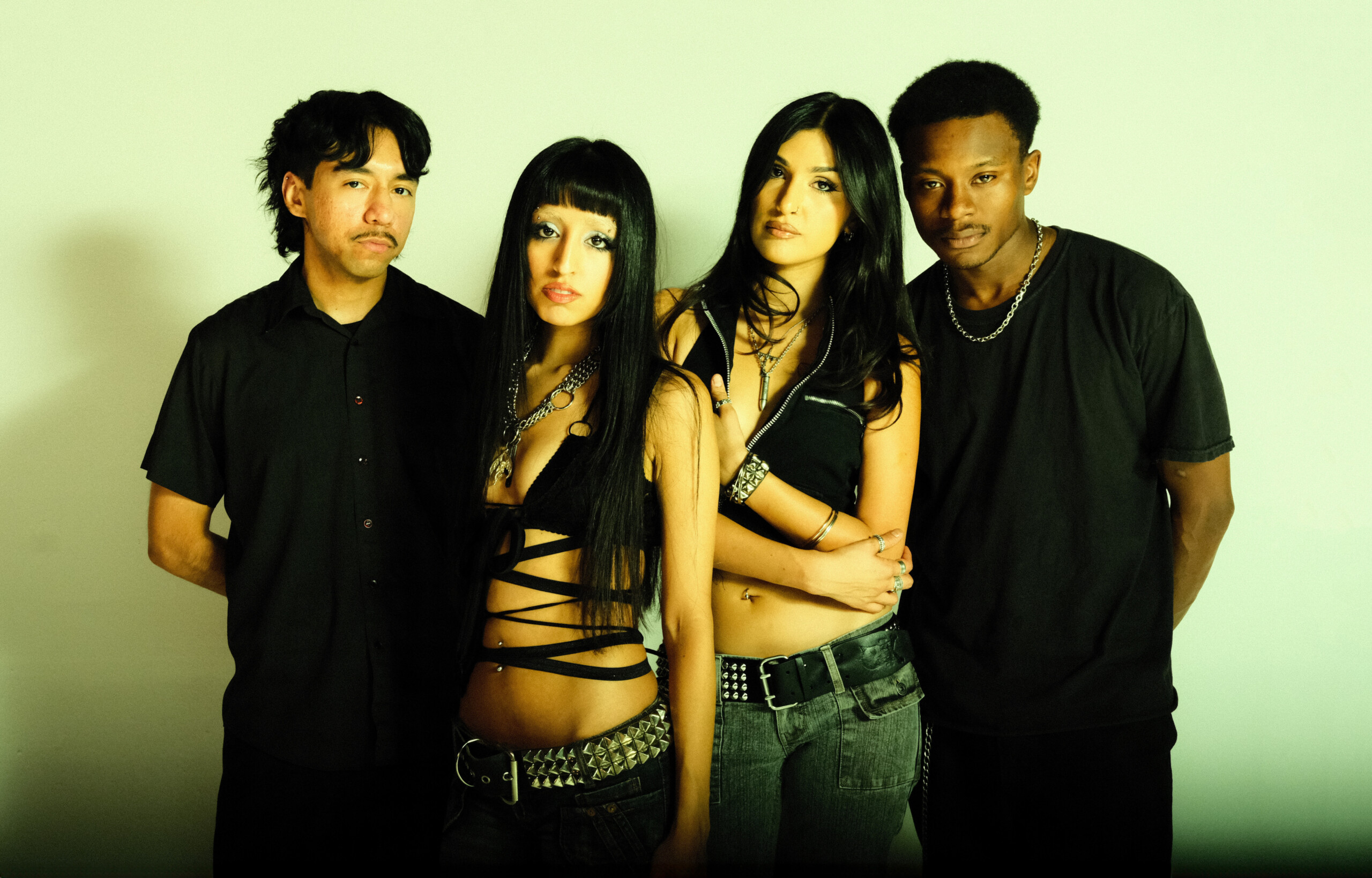
Song of the Day | “all tied up” by Glixen




